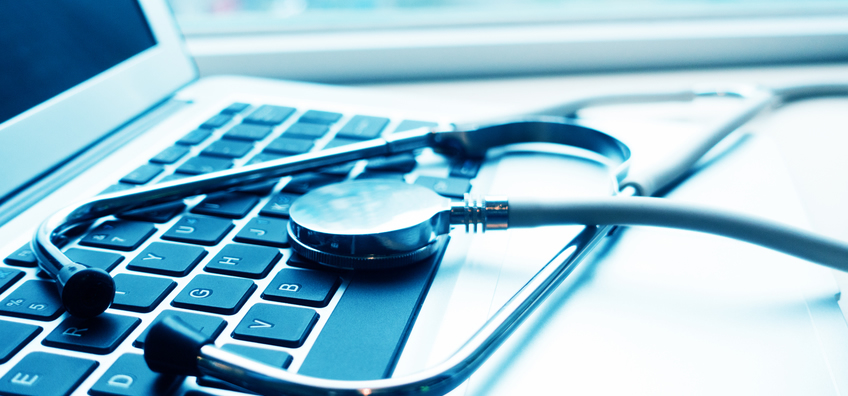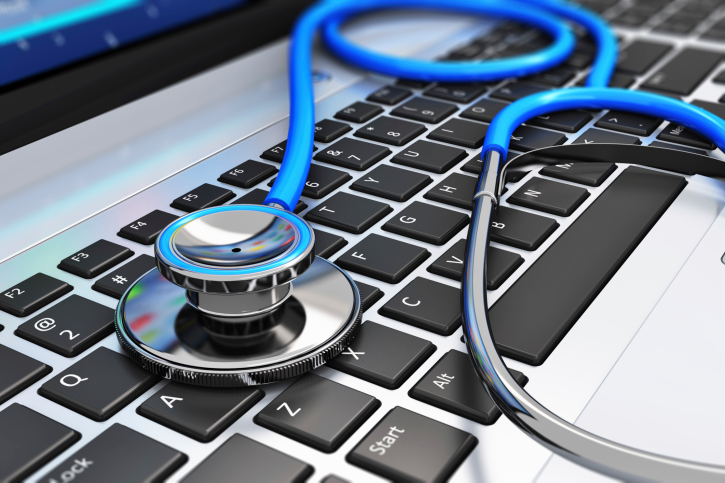10 Ways Wearables Are Impacting Healthcare
They started out as nifty little gadgets that could count how many steps you took or miles you ran or calories you burned. Wearables were great cocktail party conversation starters, but few took them seriously.
Then suddenly, they were everywhere. Wearable technology has scaled faster than anyone could have imagined. It’s being used not just by consumers, but physicians, surgeons, and insurance companies, and it is changing the dynamics the whole healthcare industry.
Some 140 million devices will be sold worldwide this year, producing $30 billion in revenue. Among US consumers, the use of health wearables has doubled from 9% in 2014 to 21% in 2016, according to an Accenture survey. Seventy-seven percent of consumers 85% of and doctors agree that using wearables helps patients engage in their health.
Here are some of the ways wearable technology is changing the face of healthcare.
1. More power to patients. Many patients are sharing data from their wearables with doctors, even when they don’t need to track their vitals for medical reasons. Devices track things like sleep patterns and exercise routines, which have an important effect on overall health, but aren’t a part of medical records—until patients share the information and doctors take notes. Parsing data from wearables and electronic health records, patients can monitor their own health and take the initiative to discuss. The relationship with physicians becomes consultative, instead of hierarchical.
2. Virtual doctor visits. Wearables enable doctors to check on patients without an office visit, saving time and money. Children with an ear infection can be sent home wearing a device that conducts a “virtual ear exam” so that they don’t have to return for a follow-up. Wearables help seniors age in place with devices to monitor diabetes, macular degeneration, neuropathic pain and other conditions.
3. Help with disabilities. Wearables help disabled people manage their daily lives without outside help. Special glasses enable the legally blind to see, and haptic shoes provide GPS technology for them to navigate. Smart glasses let people with cerebral palsy do internet research and take pictures. Other wearables help people manage heart disease, diabetes, and sleep apnea on their own.
4. Remote patient monitoring. Wearables have dramatically improved in accuracy and reliability, in some cases meeting clinical standards. Blood pressure, heart rate, glucose levels, oxygenation, and more can be monitored remotely, and alerts sent to clinics.
The technology also scales. A nurse can oversee a hundred heart failure patients from a single computer dashboard, taking action when an emergency is signaled. Cedars Sinai in Los Angeles has connectedthe electronic health records of 80,000 patients to the Apple watch, which gathers data about heart activity. Continuous data enables cardiologists to review heart function over an entire 30-day period, rather than from one visit to the next.
5. Remote diagnosis. From a “smart bra” that provides early detection of breast cancer to a contact lens that identifies which glaucoma patients are likely to get worse, scientists using wearables for diagnostics that are more convenient and less invasive for patients.
6. Remote treatment. Wearables can stop pain. Quell, a wrapper that attaches to the upper calf, uses electrical stimulation to trigger a central nervous system response and block pain signals anywhere in the body. Other wearables have been developed to stop morning sickness and reduce anxiety.
In the future, wearables may treat or prevent more serious diseases. IBM is partnering with Pfizer to develop wearables to track the progress of Parkinson’s disease and alleviate symptoms by gathering rich data on motor function, dyskinesia, cognition, and sleep.
7. Promoting adherence. Getting patients to follow their treatment is a perennial problem in medicine. But soon doctors will be able to receive information from a “smart pill” that is coated with material that reacts with stomach acid and sends an electrical signal to a skin patch. The data is then picked up by an app that tells the doctor whether the medicine has been taken. Developed by Proteus Digital Health, the pill has received FDA approval and is being used in pilot programs.
Less intelligent wearables provide patients with medication and regimen reminders, as well as information on healthy lifestyles, which could also lead to better adherence.
8. Insurance coverage. Wearables are becoming a good fit for insurers as they adopt the Affordable Care Act’s emphasis on prevention and evidence-based treatment. Some are covering costs for wearables that help with the management of chronic diseases such as diabetes. Others are going further.
UnitedHealth Group, the nation’s largest insurer, is rolling out a program that not only covers the cost of wearables, but pays up to nearly $1,500 a year to plan members who reach specified wellness goals. For example, enrollees can earn $1.25 a day for walking 10,000 steps. The company expects to reach 20 million members when the program is fully implemented.
Humana also rewards members who use wearables to reach fitness goals, and a three-year study of the wellness plan that uses them showed a 44% decrease in employee sick days.
9. Clinical trials. Monitoring and compliance are frequent issues in clinical trials, and wearables offer a convenient solution. Nearly 300 clinial trials have already used wearables to monitor patients. Google has built a new wearable intended for use by clinical trial participants. It can measure the wearer’s pulse, heartbeat rhythm, skin temperature, and exposure to light and noise.
Eli Lilly recently sponsored an interactive and immersive clinical trial simulation at Stanford, and is working on a closed-loop system that triggers alerts for things like drug reactions, enabling real time intervention.
The clinical trial of the future may take place in patients’ homes. A constant stream of data from wearables will give researchers a better of picture of results, and may also lead to broader participation.
10. Surgery. Google Glass has entered the OR. A handful of surgeons have used the internet-connected glasses to preload CT scan and X-ray images, enabling them to focus on the patient without having to turn away.
In a Stanford study, medical residents who operated on dummies performed “markedly better,” when wearing Google Glass, noticing indicators such as critical desaturation and hypotension several seconds faster than they did without them. In the future, medics may use the glasses or a similar technology to handle patients in an emergency while communicating with a hospital.



